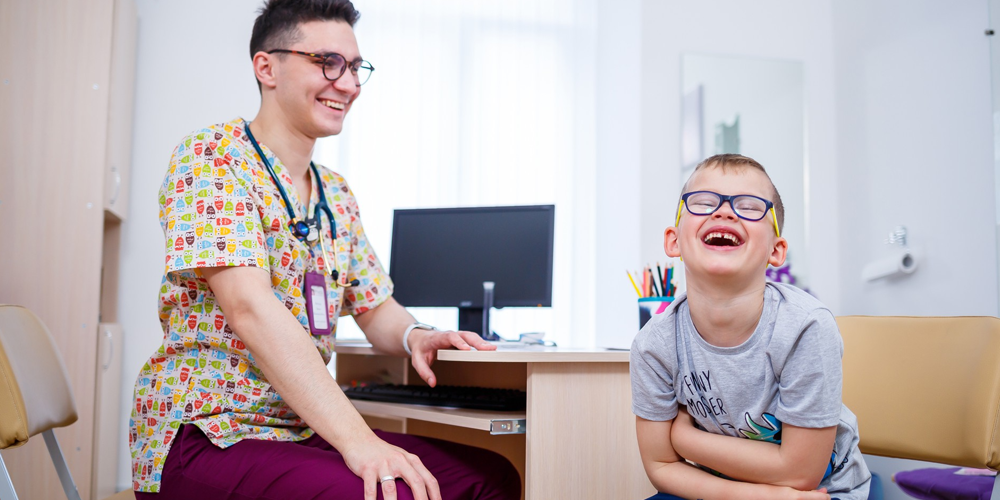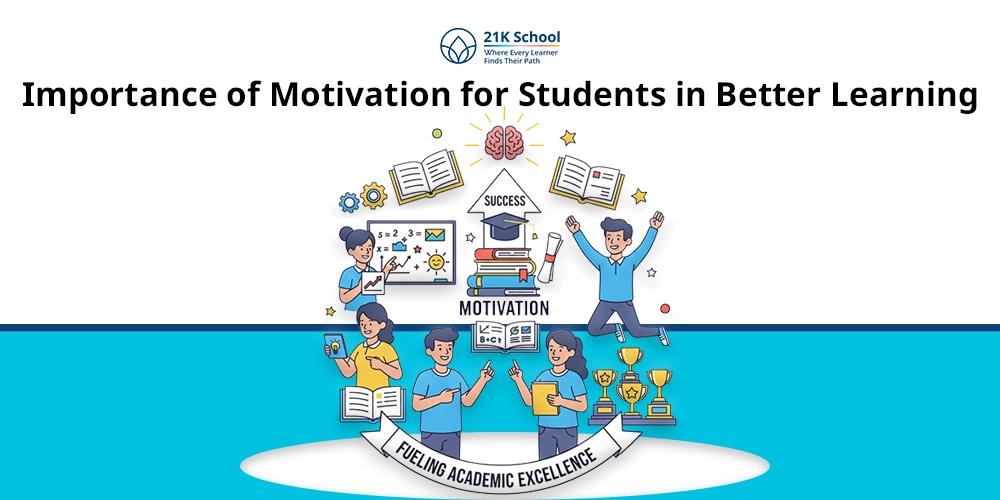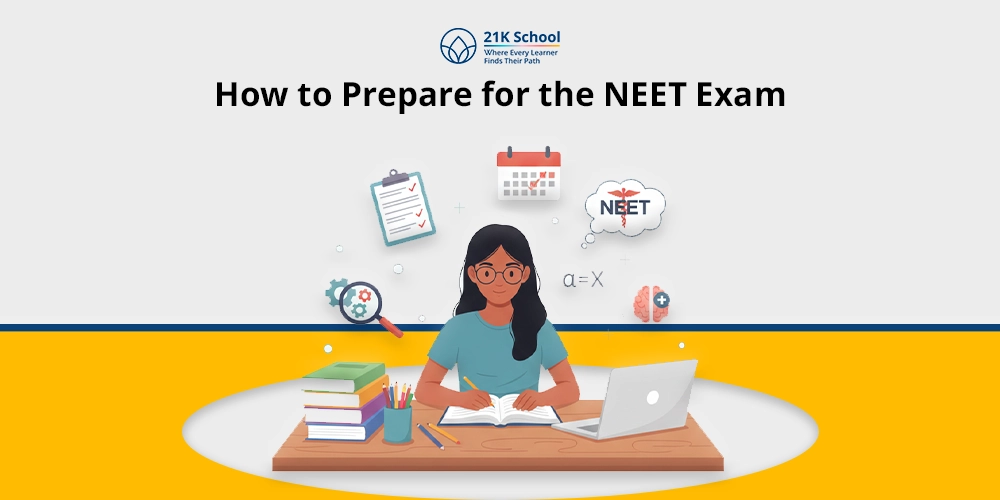
We live in the 21st century, where technologies and digital transformation dominate all industries, especially education.
From the corporate to the education sector, digital transformation has recently brought great changes. The shift accelerated during the COVID-19 pandemic, highlighting the need for coding.
The adopters of ever-growing technology have already found ways to prepare young students to solve ever-emerging real-life problems.
In today’s digital world, programming is emerging as a critical skill. The growing need of technology makes computer science and coding education accessible to all.
Students in the traditional classroom possess diverse learning styles and preferences. Students with disabilities get a chance to choose pathways based on their interests.
Before proceeding you must read the Challenges in teaching students to code.
Table of Contents
Common Learning Disabilities in Students
Developing a fully-fledged website or an application is not the easiest to make. Hence, coding requires much more effort and understanding than ever imagined.
Before we get into the details of how coding can be made accessible to all, let’s overview various common learning disabilities among students.
Most technologies and tools are designed for the masses; however, minorities, including people with some sort of disability, find it difficult to make their special place among the crowd.
Although several schools opened to provide special assistance to these children, students who cannot access such resources are either deprived of education or delayed.
As per the report released by The U.S. Department of Education INDIA report (2018-2019) indicates that 21.1 million students in Indian public schools had some form of disability.
One of the recent data says 2023 indicates that this number has likely increased. However, there are an estimated 7.8 million children with disabilities under the age of 19, according to a 2019 UNESCO report.
Many of these students have autism, language needs or other health issues. Most of these impairments result in learning disabilities, which directly or indirectly affect a student’s ability to retain or process any piece of information.
This did not allow them to gain equal knowledge and understanding as their peers. Here is the list of the five most common types of disabilities commonly seen –
- Dyscalculia: Dyscalculia is a disability where a student finds difficulty in dealing with mathematical problems, including estimation, grouping numbers, measurements, and even counting numbers. This is one of the most commonly seen disabilities in students.
- Dyslexia: The second type of disability seen in students today is Dyslexia. Here, the student finds reading and understanding the written text difficult.
- Dysgraphia: The third type of disability found in students is Dysgraphia. In this case, students cannot write anything as they find it difficult to hold writing materials such as pencils, pens, etc.
- ADHD: The fourth type of difficulty prevailing in students is ADHD. In this case, it becomes nearly impossible for students to stay focused and be on track with teachers. Here, students with such disabilities can get distracted very fast.
- Dyspraxia: The fifth and last type of disability is Dyspraxia. Here, there is no coordination between the hand and the eye. This results in low and poor academic performance. Additionally, the person with Dyspraxia does not participate actively in day-to-day activities.
Teaching Coding To Students With Disabilities
Learning is the right of every student, no matter whether they have some inner disability or not.
When teaching codes to kids, the tutor must brush every student’s skills without being partial to anyone. This calls for the best learning tools and learning curriculum.
Tutors need to properly understand every student’s weaknesses and capabilities on the basis of their memory, vocabulary, attention, reading skills, reasoning and language.
Teachers can also guide effective Youtube channel for kids coding.
It is important to understand that a student with disabilities is equal to others. Therefore, rather than designing the curriculum differently, it is best to develop a flexible enough curriculum to meet both ends.
It helps bridge the gap between students and helps the teacher find the middle ground.
Inclusive Teaching Strategies for Coding Education
Inclusion Teaching or education refers to environments that support all students with disabilities.
Let’s understand how to improve your coding skills with basic strategies for inclusive coding education:
1. Universal Design for Learning (UDL)
Universal Design for Learning or UDL provides a framework for creating learning experiences that are inclusive, accessible, and engaging for all students, especially in coding education.
By applying UDL principles, educators can promote equitable and effective learning outcomes for every learner.
2. Students to student Collaboration
Inclusive coding education becomes effective when student-to-student collaboration takes place.
Teachers implement strategies like pair programming, collaborative coding projects, and inclusive classroom practices.
3. Differentiated Learning/Instruction
Differentiated learning or instruction in coding is designed for teaching and learning experiences to meet the diverse needs, interests, and readiness levels of students.
The key strategies here include adapting content, process, and product, as well as creating a supportive and inclusive learning environment.
Real Life Examples of Coding For Students With Disabilities
Coding offers diverse opportunities for students with disabilities, especially during job placements. It gives a chance to connect with real life problems.
Read some of the real life examples of coding for students with disabilities:
- One of our 21K School students named Keya Hatkar who is dealing with ADHD might find it difficult to understand codes in the bookish language.
However, such kids can find coding interesting if the lesson is taught in a fun and interesting way. 21K School teachers ensure that students like Keya Hatkar get extra attention for new skills.
- A 11th class student builds a system that sends alerts or provides information during natural disasters. Disaster such as emergency contact numbers.
These kinds of successful stories are examples that when educators adapt their methods, students of all abilities can thrive in coding. Various online coding courses are also helpful.
Conclusion: Work Toward a More Inclusive Future
Coding lies at the heart of technology. It might be difficult for students with disabilities to understand these complex coding languages; however, the basics can be built successfully with adequate efforts and simplified teaching patterns.
This foundation of the digital world is everyone’s need no matter whether it is normal or special needs students. Sometimes students with disabilities may face extra challenges.
However, these can be overcome through inclusive curriculum design, accessible tools, and empathetic teaching. Every student deserves the chance to unlock their potential and contribute to technological innovation.
Coding is an essential part of future learning and a better approach towards the digital era. To learn tips to teach coding at home you can visit 21K school.


